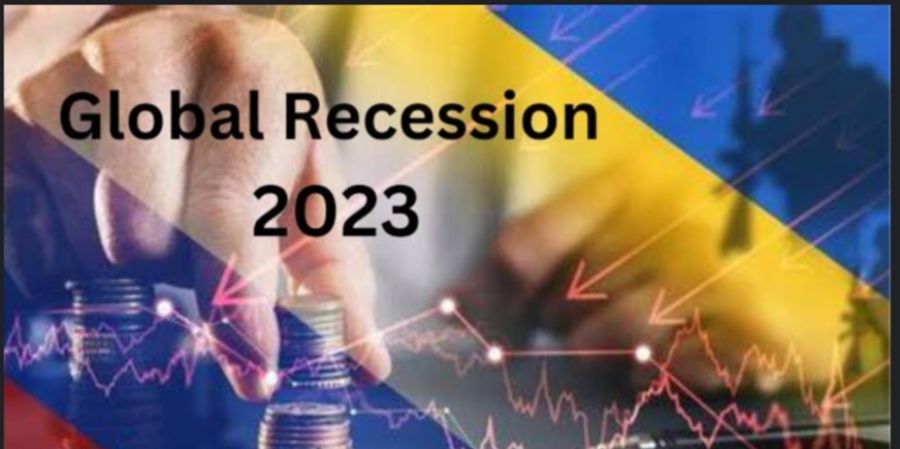

Depending on where you live in the world, the economic prognosis for 2023 will feel different, according to the Chief Economists prognosis from the World Economic Forum.
While there are substantial regional differences, the overall global picture is bleak and over 20% of respondents now see an extremely high risk of a worldwide recession - double the proportion from the previous study in September.
More than 90% of top economists anticipate modest growth in the US and Europe, but moderate to strong growth in the Middle East and North Africa and South Asia.
Leading top economists from the public and private sectors share their opinions and predictions in the Forum's economic briefing, which was conducted in November and December 2022. Since then, the World Bank has predicted a worldwide recession for 2023, with GDP growth expected to be 1.7%—the weakest rate since 1993, outside of the recessions of 2009 and 2020.
The expectation for global growth in the most recent International Monetary Fund (IMF) projections was cut by 0.2 percentage points, while the forecast for the eurozone was drastically reduced from 1.2% to 0.5%.
Global growth is expected to decrease from 6.0% in 2021 to 3.2% in 2022 and 2.7% in 2023, according to the IMF. Except for the global financial crisis and the severe phase of the COVID-19 epidemic, this is the worst growth profile since 2001.
The Middle East, North Africa, and South Asia were perceived as the strongest performers on the opposing side. A global shift away from China was seen as helping certain economies in that region, particularly Bangladesh and India.
Policymakers are forced to make difficult decisions because of this diversification and the continuing conditions of slow growth and rising inflation, the paper claims. The main goal of monetary policy should be to control inflation without stifling economic expansion.
"Policymakers face a dilemma between tightening too much and too little," the paper claims. "Fiscal policymakers also face significant challenges, not the least of which is the significantly constrained fiscal space following government spending during the pandemic,"
The reduction of inflationary pressures and the prospect for improved consumer morale are potential bright spots despite the overall dark and uncertain picture. While the cost-of-living crisis still looms big and will have a significant impact on many people, 68% of those polled for the report predicted that its intensity will lessen until 2023.
"On food costs, there is a notable divergence in the expected impact between high- and low-income countries," the paper stated. Low-income nations will be disproportionately impacted by rising food prices, with many more people facing food insecurity.
